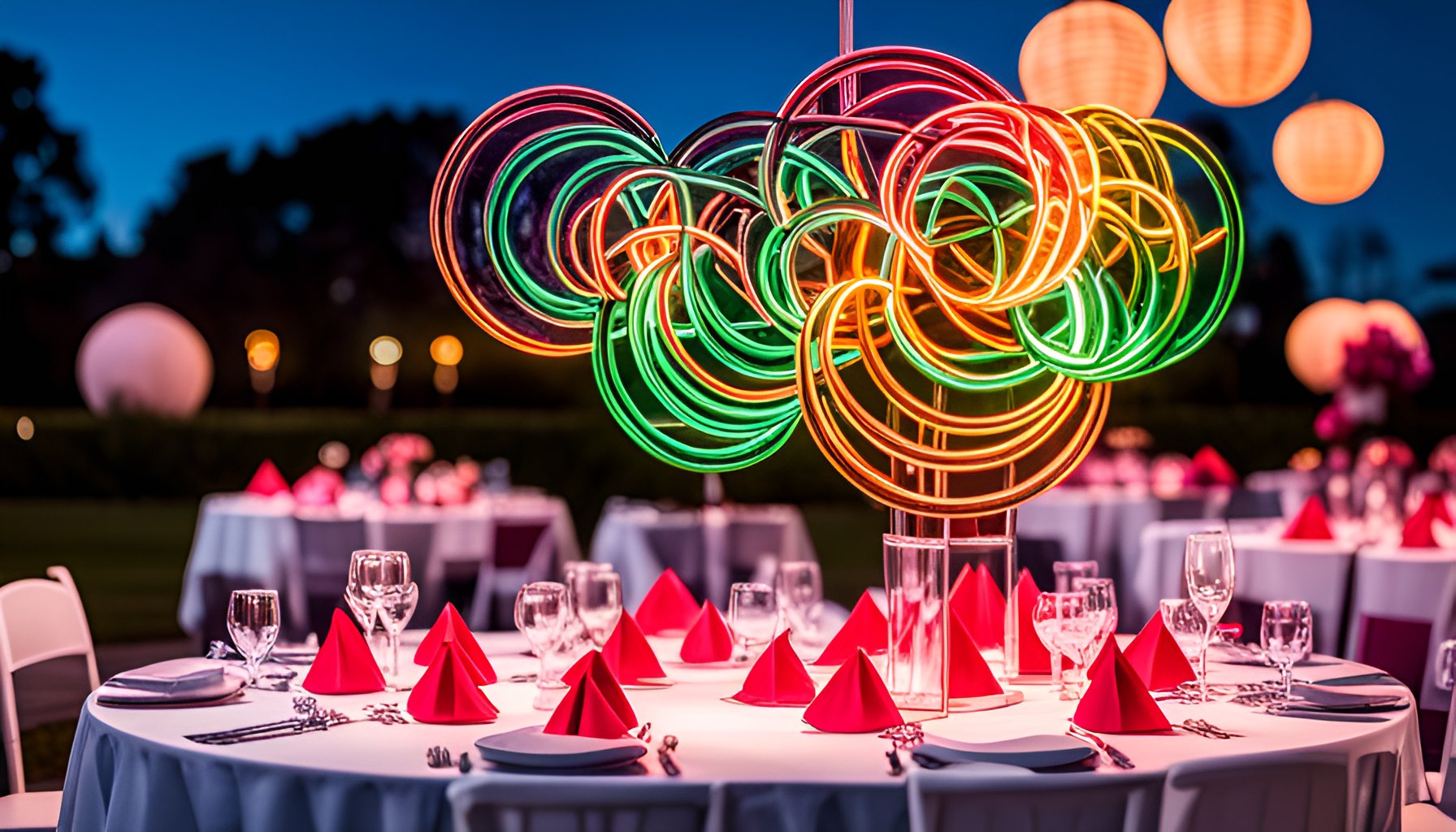Celestial Neons: Neon-inspired Cosmic Phenomena
When we think of neon, our minds often conjure up images of vibrant signs lighting up city streets. However, neon is not limited to the man-made world. In fact, the universe itself showcases neon-inspired cosmic phenomena that are both awe-inspiring and enchanting.
Glowing Nebulas
One of the most captivating manifestations of celestial neons is observed in glowing nebulae. Nebulae are vast clouds of gas and dust scattered throughout the cosmos. When these clouds come into contact with energetic radiation from nearby stars or supernovae, they emit a stunning array of colors, often reminiscent of neon lights. The iconic Eagle Nebula, also known as the Pillars of Creation, is a prime example of a nebula that showcases neon-like hues of red, green, and blue.
Another remarkable nebula that exhibits neon-like properties is the Orion Nebula. Located in the constellation of Orion, this stellar nursery is a site of intense star formation. Its intricate filaments and vibrant colors, including shades of pink and green, resemble the glowing tubes of a neon sign. The Orion Nebula is not only a visual delight but also a scientific treasure trove, providing valuable insights into the birth and evolution of stars.
Auroras: Earth's Own Neon Lights
On our very own planet, we are fortunate to witness a neon phenomenon known as the auroras. Auroras, also called the Northern and Southern Lights, are mesmerizing light displays that occur near the Earth's poles. They are created when charged particles from the sun collide with atoms and molecules in the Earth's atmosphere. The result is a breathtaking dance of neon-colored curtains and arcs that seem to paint the night sky.
The Northern Lights, also known as the Aurora Borealis, are predominantly seen in the high-latitude regions of the Northern Hemisphere. These displays often feature vibrant shades of green, but they can also include hues of pink, red, blue, and purple. Similarly, the Southern Lights, or Aurora Australis, illuminate the night sky in the Southern Hemisphere, gifting observers with their own mesmerizing neon light show.
Quasars: Cosmic Beacons
Quasars, short for quasi-stellar radio sources, are incredibly bright and distant objects found at the centers of galaxies. These cosmic beacons emit intense amounts of energy across the electromagnetic spectrum, including neon-like colors. Although they appear star-like in telescopes, quasars are actually powered by supermassive black holes. Their neon-like glow is a testament to the immense power and energy lurking within these enigmatic objects.
Quasars are often observed emitting neon-like hues of blue and violet, creating a cosmic spectacle in the depths of space. Their light can travel billions of light-years to reach us, providing astronomers with valuable clues about the early universe and the nature of supermassive black holes.
Planetary Nebulas: Celestial Gems
Planetary nebulae, despite their name, have nothing to do with planets. These mesmerizing cosmic objects are formed when dying stars shed their outer layers, creating an expanding shell of gas and dust. The intense ultraviolet radiation emitted by the remaining hot core causes the expelled materials to glow, often in neon-like hues of red, green, and blue. The famous Cat's Eye Nebula is a prime example of a planetary nebula that showcases its vibrant neon colors.
Another notable planetary nebula is the Helix Nebula, located in the constellation Aquarius. Its intricate structure and radiant colors resemble a cosmic eye. The Helix Nebula's neon-like emissions have provided astronomers with valuable insights into the late stages of stellar evolution and the formation of white dwarfs.
Supernovae: Explosions of Neon
Supernovae, the explosive deaths of massive stars, also contribute to the cosmic neon display. These cataclysmic events release an immense amount of energy, causing the surrounding gases to light up in brilliant neon-like colors. The remnants of supernovae, known as supernova remnants, often exhibit intricate filaments and shockwaves that glow in neon-like hues of red, green, and blue.
The Crab Nebula, located in the constellation Taurus, is one of the most famous supernova remnants. This celestial object resulted from a supernova explosion observed by astronomers in the year 1054. The Crab Nebula's intricate structure and vibrant neon emissions continue to fascinate scientists and stargazers alike, offering a glimpse into the violent cosmic events that shape our universe.
Conclusion
The universe never ceases to amaze us with its neon-inspired cosmic phenomena. From glowing nebulae and auroras on Earth to quasars and planetary nebulae in the depths of space, the universe showcases its own version of neon lights. These celestial neons remind us of the beauty, vastness, and extraordinary nature of the cosmos. So, the next time you gaze up at the night sky, take a moment to appreciate the cosmic neon lights that adorn our universe and ignite our curiosity.



Leave a comment
This site is protected by hCaptcha and the hCaptcha Privacy Policy and Terms of Service apply.